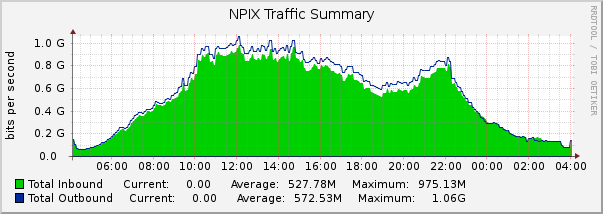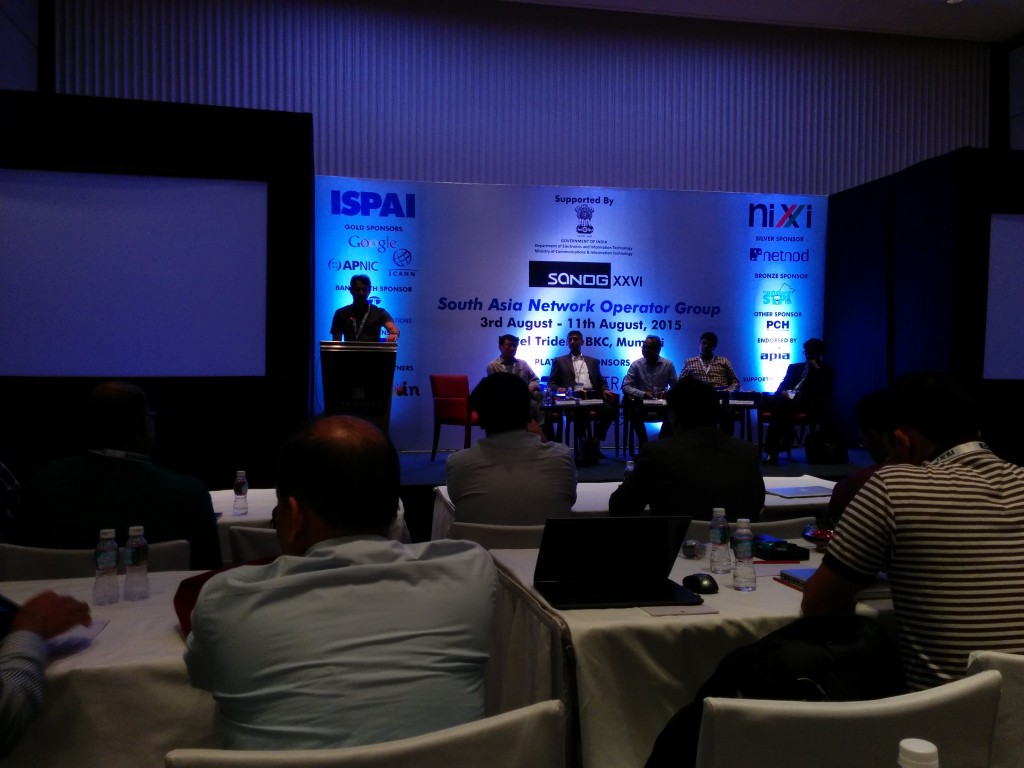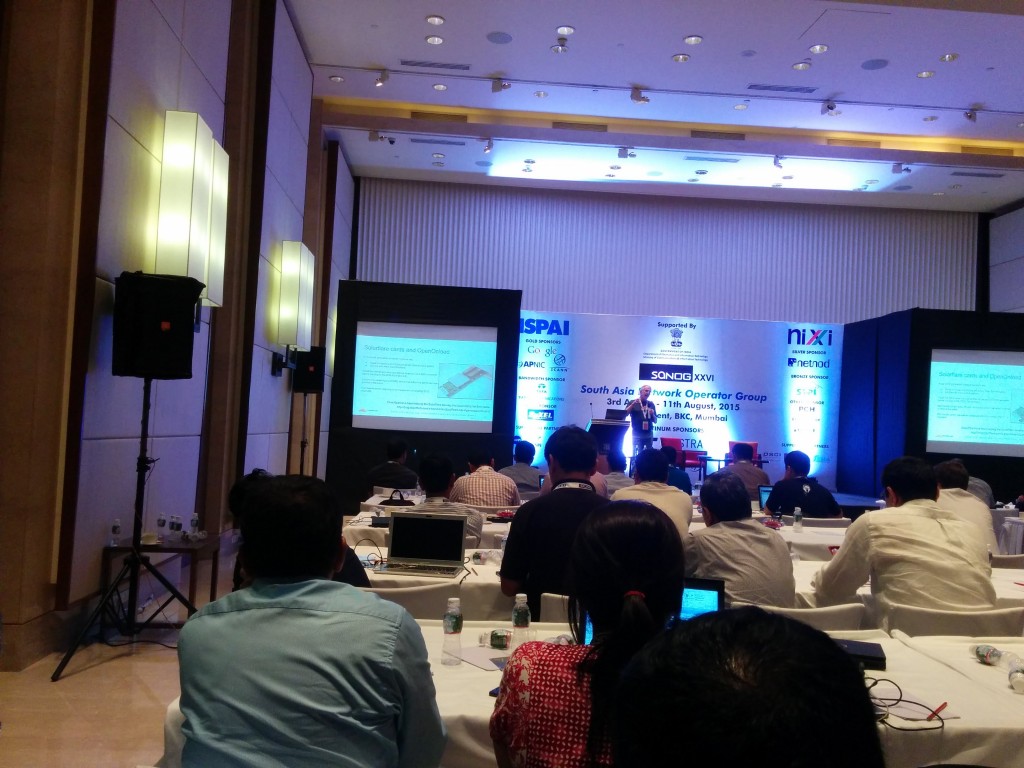NPIX Traffic reaches hits 1Gbps!
Seems like NPIX traffic has started hitting 1Gbps levels and that is just so amazing. Came across this post by Niranjan.

NPIX or Nepal Internet Exchange is located in Kathmandu and operates out of its own datacenter. There’s a huge amount of (overhead) dark fibre availability in Kathmandu and as of the writing of this post I see 30 members at NPIX. 1Gbps might seem low from Western IX’es standards but that’s a quite good amount of traffic for an IX in South Asian region. If you see the member list there are just smaller ISPs and not many content players over there. Comparing numbers by NIXI traffic,

